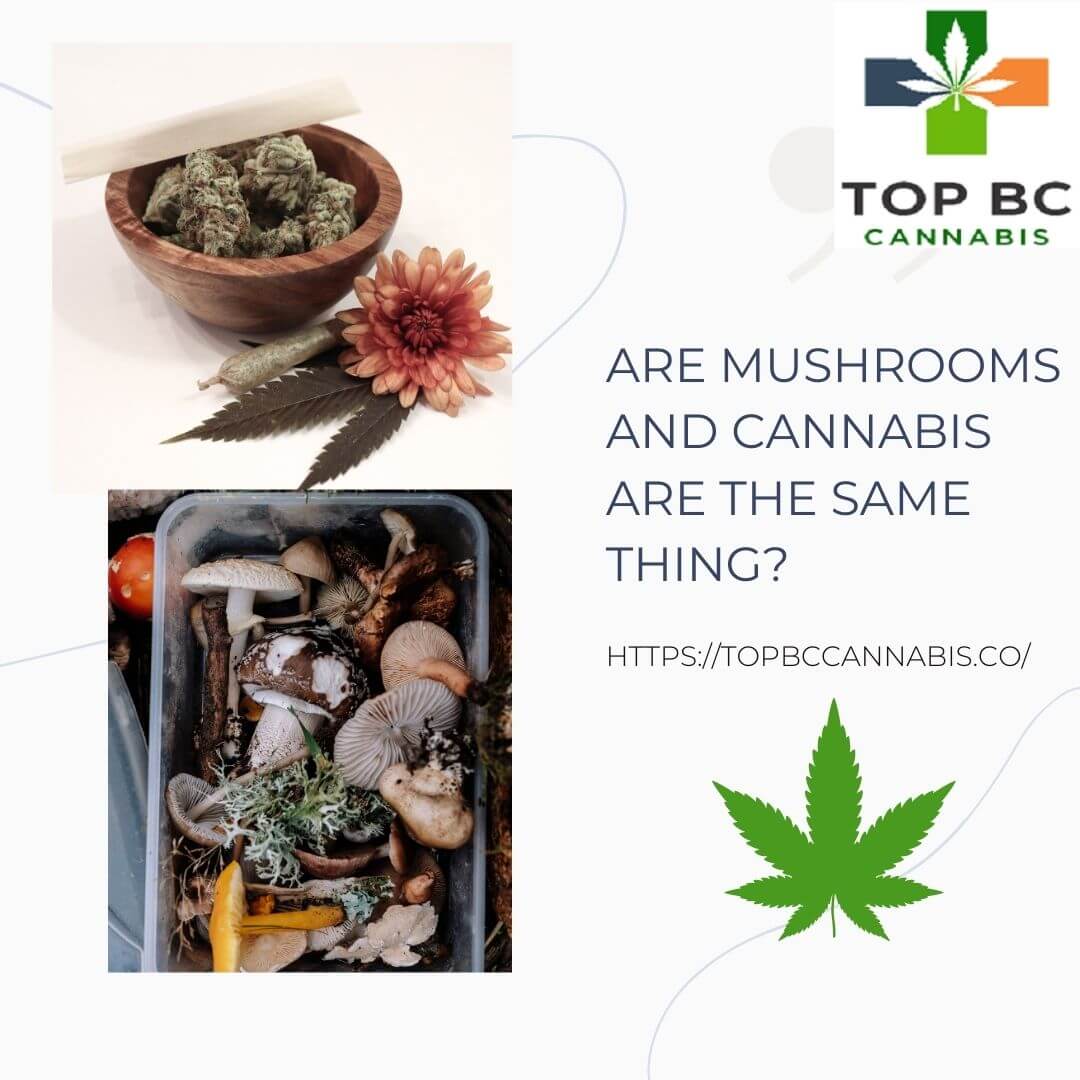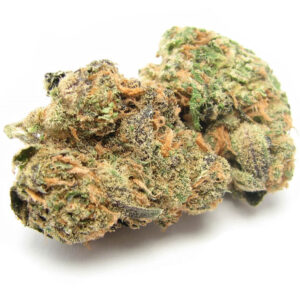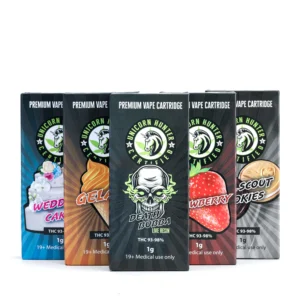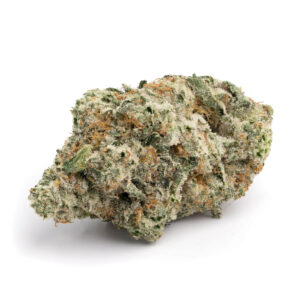Well, are mushrooms and cannabis the same thing? The short answer is, “No.” For a longer answer, let’s say that mushrooms and cannabis are both members of the psychedelic family. They are second cousins instead of siblings. In other words, they are related but with different parents. So if you’ve purchased mushrooms or marijuana for sale in Canada, you’ll need to know their differences to get the application right.
If you thought they were the same then you’re forgiven. In the arts and Hollywood mushrooms and cannabis are often portrayed in a way that makes them easily confused. They culturally and spiritually serve as means for reaching a higher consciousness. People use them both recreationally and medicinally. And, it’s true they both have psychoactive properties, albeit different naturally occurring compounds.
The Relationship Between Cannabis and Mushrooms
Cannabis and mushrooms both have the ability to alter a person’s perception. The level of mind-altering effects can change depending on dosage, potency and strain. A high quantity or potency of THC may mirror the effects of mushrooms. Likewise, a lower dosage or potency of mushrooms may resemble a high similar to that experienced with cannabis or a measured amount of THC gummies.
Sometimes mushrooms and cannabis are even used together. This can increase the intensity of the trip and prolong the experience. Sometimes this can have unwanted side effects if having a bad trip. Conversely, the antiemetic properties of CBD can aid in the digestion of the mushrooms eliminating the nausea which some people experience. With a quick online search you can find CBD and marijuana for sale in Canada to add to the mix.
When you look at the basic taxonomy it’s clear that there are many key differences between shrooms and weed. When we talk about the psychoactive components of psychedelic mushrooms we are referring to the compound psilocybin. Psilocybin is the chemical reason mushrooms are hallucinogenic. Marijuana holds a different natural compound or cannabinoid called THC, which is responsible for its psychoactive properties.
What Are Psychedelic Mushrooms?
Now let’s get into more detail. Psychedelic mushrooms are first and foremost a psychoactive fungus. There are many different hallucinogenic mushrooms. Most of the ones that are suitable for human consumption and hold psychoactive properties belong to a species called Psilocybe cubensis.
This classification means they contain psilocybin. There are many different names for them as well: shrooms, magic mushrooms, buttons, caps, Alice (a clear reference to a magic mushroom in ‘Alice in Wonderland’) and many more.
History of use
Pictographs and cave paintings found in Europe, Asia and Latin America indicate use of magic mushrooms by humans as far back as 6000 years ago or even later. Aztec ceremonial rituals called the mushrooms “the flesh of the gods.” Siberian shamans used the Amanita muscaria, a red capped mushroom that grows in boreal climatic zones. The documented uses of hallucinogenic mushrooms are extensive in history, as are the different varieties found around the world.
There is evidence that other mesoamerican indigenous people also used mushrooms for shamanistic rituals. Today psychedelic mushrooms can still be found in Mexico and other parts of Latin America. Mushrooms are still used in some spiritual ceremonies and very much a part of carrying on ancestral traditions for some native people groups.
Starting in the 1960s American Psychologist and counterculture drug icon Timothy Leary began to write about his experiences of taking mushrooms. Leary had a profound experience on a mushroom trip in Mexico. He believed that mushroom and other psychedelic drugs could lead to high states of consciousness. Before being fired from Harvard University Leary headed experiments with psychedelic drugs which began to grow the interest of notable people.
Authors, musicians and other prominent cultural figures of the time (i.e. – the Beatles, Allen Ginsberg and Jack Kerouac) wrote about or alluded to use of mushrooms. By the mid 20th century “magic mushrooms” as they became known were firmly planted into the western consciousness. Counterculture movements like the beat generation and hippy movements adopted psilocybin mushrooms into their spiritual pharmacopeia.
Current Use and Research
How do you administer psychedelic mushrooms? They can be eaten raw, cooked or dried, and due to the taste are often mixed with other foods. Dispensaries that sell the mushrooms have some creative products that mask the taste, like mixing it into a chocolate bar.
In general magic mushrooms take about one hour to kick in after consumption. The trip lasts in waves from 5-7 hours overall. Reported effects include: euphoria, giggling, hallucinations, distorted sense of time/reality/place and more. Mushrooms tend to be a more powerful psychoactive than marijuana. This fact is dependent on the strain and THC content of the weed.
There are many types of mushrooms that are classified as poisonous, but those containing psilocybin are considered to have a low toxicity level. Due to this and a low to non-existent likelihood of addiction, like cannabis, medical science has begun to look at mushrooms for health benefits.
Studies, like this one, are being done around the world to find ways to treat mental health conditions like depression and anxiety through therapeutic mushroom use. As worldwide tolerance and legality evolve around the world it looks like the medical community will continue to look into the positive attributes of psychedelics. Perhaps someone will, like Timothy Leary, bring mushroom use even further into the public eye of psychology and the inherent benefits.
What is Cannabis?
Now that you hopefully have a better understanding of mushrooms let’s talk more about cannabis. With the current status of legality and ability to find marijuana for sale in Canada at a number of dispensaries it’s clear this is something people have confidence in. The trust placed in cannabis makes sense too because we know a lot about this plant and it has been around a long time.
Cannabis is a plant that produces a flower and fruit. It is also known as pot, weed, grass, ganga and more. It originates from Central Asia and the Indian Subcontinent where it has many historical uses. Cannabis and hemp has been used for grains, oils, ropes and more for thousands of years by humans.
History of Use
Marijuana for human consumption most likely came around or a little after the Neolithic Age. Traditional consumption meant the plant was smoked, eaten or made into tea and drank. Ancient remnants have been found Today there are a variety of ways to consume it but perhaps the most modern is vaping.
The medical and recreational uses and benefits of cannabis are perhaps the most documented and well known of any drug. There have been numerous scientific studies conducted looking at the psychoactive properties of THC and other cannabinoids like CBD. As the emerging field of cannabinoid therapeutics continues to grow momentum with other psychoactive and hallucinogenic plant based drugs use and availability around the world is bound to grow.
Key Points to Remember
In summary here are some key points to remember. Fungi (mushrooms) are not plants (cannabis). The effects of mushrooms and cannabis can sometimes elicit a similar response by the human body. At the same time everyone can have different experiences. Both are psychoactive and natural but also very different in the compounds they contain.
So which is better: shrooms or weed? Thankfully there is no competition. Mushrooms and cannabis mean different things to different people. Together these are the most commonly consumed drugs in the world. Which is a huge reason why you can find increasing legal leniency of shrooms and marijuana for sale in Canada. If you’re interested in exploring the psychoactive properties of either you can find a variety of suitable products at the Top BC Cannabis shop.






